I'm getting to know the Freescale Kinetis L microcontroller. It's ADC has a lot of options, but long story short, it seems like I should be able to get 16-bit resolution in either single ended or differential mode.
The sensors I want to read vary their resistance, so I was going to just hook them up in a voltage divider to determine the resistance:

simulate this circuit – Schematic created using CircuitLab
Is there any benefit to using the differential inputs in this scenario? I was thinking maybe it would have better common mode noise rejection in this mode. Am I over-thinking it? The sub-family datasheet certainly makes me think I get better resolution (effective number of bits) in Figure 7 and Figure 8... So when is it appropriate to use the Differential Inputs?
